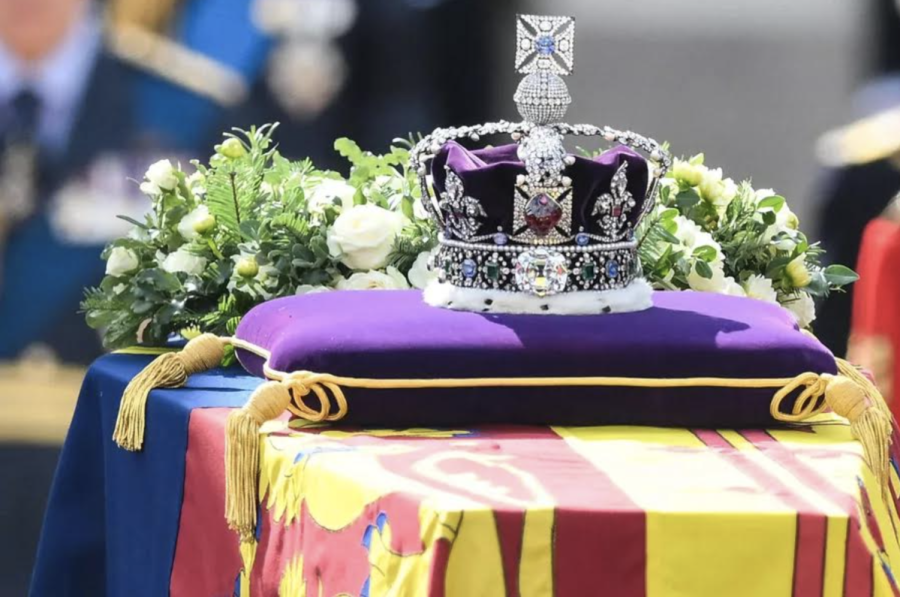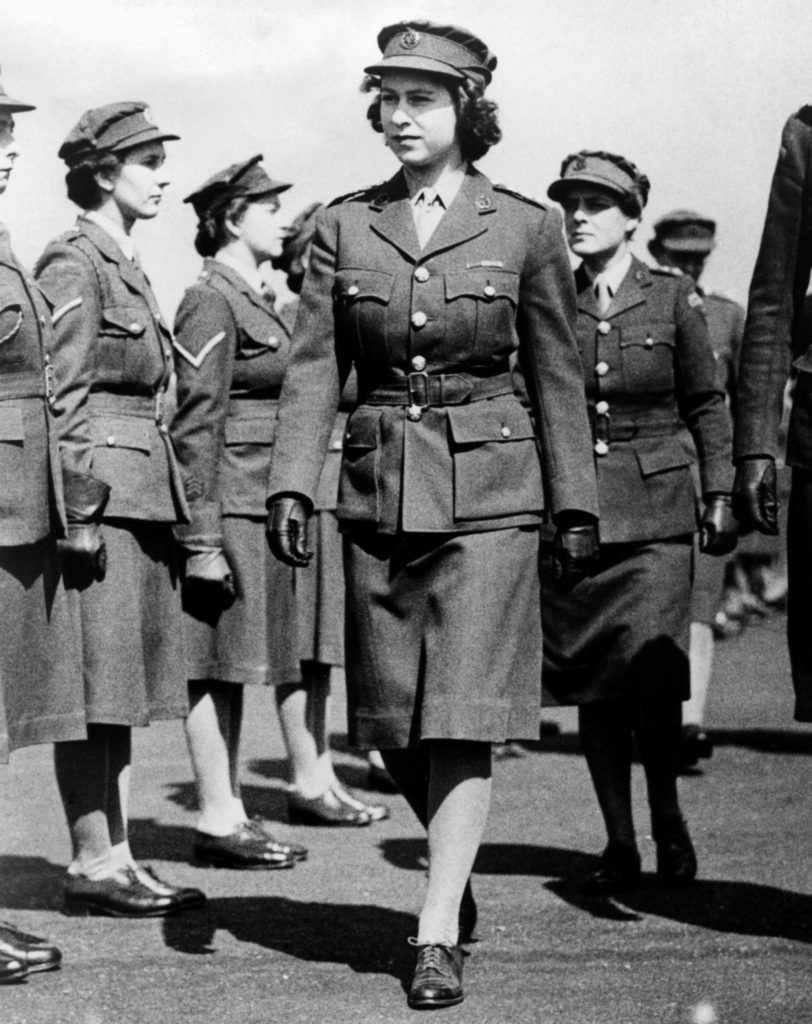
The longest-reigning British monarch, Queen Elizabeth II was a much-loved figure in the United Kingdom and across the world. She passed away peacefully at Balmoral Castle in Scotland at age 96 on Sept. 8, 2022, after having recently marked 70 years on the throne.
During her lifetime, the queen witnessed pivotal moments in history and interacted with many key figures who shaped global events, including prime ministers Winston Churchill and Margaret Thatcher.
Born in 1926, the queen was a direct descendant of many famed British rulers including King James VI, Mary Queen of Scots, and King Robert II of Scotland. Yet the royal system she was born into was very different from that of her ancestors. In fact, the queen — then Princess Elizabeth — and her family faced a series of crises that would determine whether the monarchy, or indeed the United Kingdom, would survive.
INFLUENCED BY KING GEORGE VI
During the Second World War, the future looked bleak for Britain when the Nazi regime mounted a heavy bombing campaign that became known as the Blitz. Targeting British civilians, landmarks, and indeed virtually anything in sight, German bombers did their utmost to make British cities — especially London — a living hell for residents. In addition, German U-Boats lurking in the Atlantic sought to cut off supplies from the British Isles.
Despite the acute danger posed by the bombings, the queen’s father, King George VI, chose to remain with his people instead of fleeing to a safe location. When it was suggested that the family take refuge elsewhere, his wife, the queen mother, famously said: “The children won’t go without me. I won’t leave the king. And the king will never leave.”
All in all, the king took a hands-on role in his approach to leadership — he visited the armed forces, used the radio to encourage the British public and constantly traveled to bombed locations, hospitals and factories. His dignified yet down-to-earth royal presence proved a major boost to British morale.
The king’s example had a major influence on his daughter Elizabeth, who gave her first public address to child war refugees via radio in 1940 at age 14. Later, she became the first female member of the royal family to join the armed forces in full-time, active-duty service.
PUBLIC SERVICE
Elizabeth ascended to the throne after her father’s death in 1952 and was crowned on June 2, 1953.
The role of the sovereign is largely ceremonial in today’s Britain. Thus, when she acceded to the throne, many in the public questioned the relevance of the British monarchy — criticisms that persisted throughout the queen’s reign.

However the queen expressed the belief — which she demonstrated with actions throughout her lifetime — that some traditions are worth saving. Using television to deliver her first Christmas broadcast in 1957, the queen emphasized that her role as sovereign would be one of public service.
“In the old days, the monarch led his soldiers on the battlefield and his leadership at all times was close and personal. Today things are very different. I cannot lead you into battle. I do not give you laws or administer justice. But I can do something else. I can give you my heart, and my devotion to these old islands, and to all the peoples of our brotherhood of nations.”
Referring to herself as a “representative” of her people, the queen was known for her great skill at diplomacy and strengthened ties between the United Kingdom and other nations over many decades. On May 16, 1991, she became the first British monarch to address the U.S. Congress.
She was involved with countless charities and initiatives to improve peoples’ lives. One such initiative was The Queen Elizabeth Diamond Jubilee Trust, which sponsored medical initiatives to treat eye conditions and prevent blindness in Africa, Australia and India.
Environmentally conscious, the queen planted more than 1,500 trees across the world during her lifetime and spoke alongside famed environmental advocate David Attenborough. For her Platinum Jubilee, she started an initiative called the Queen’s Green Canopy to encourage public involvement in planting trees. So far, thousands of trees have been planted in the United Kingdom as a result.
The queen, a deeply religious woman, served as the head of the Church of England and was also commander-in-chief of Britain’s armed forces. In her younger years, she became an iconic sight riding proudly in uniform at the trooping of the color on her favorite horse, Burmese.
Although her death truly marks the end of an era, the queen left behind a lasting legacy that will ensure that she holds a high place in history for many years to come.
